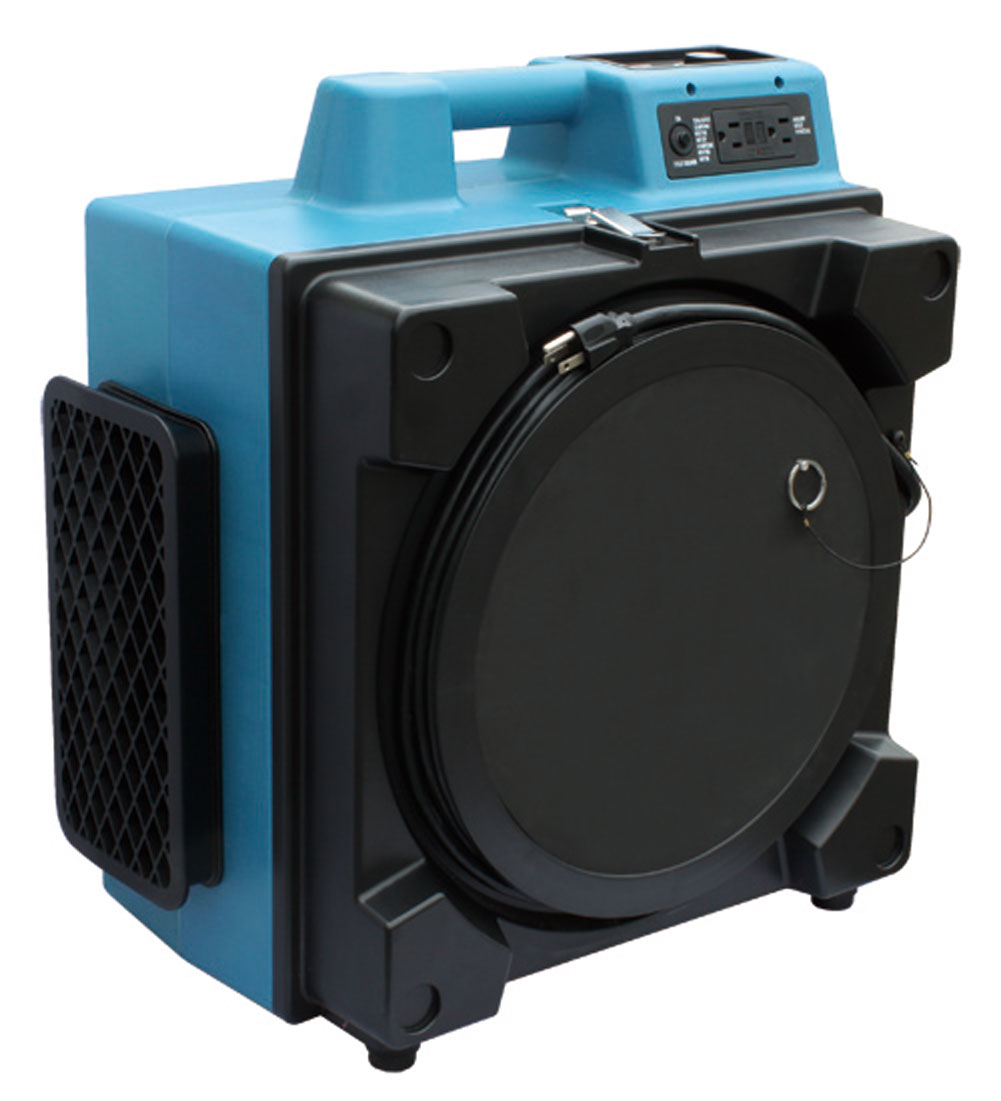March 7, 2018 | Posted by MICRO
In the summer of 1974, the Hollies had a Top 10 hit when they sang, “All I need is the air that I breathe and to love you.”
They were smart enough to recognize the importance, even in a midst of a heated romantic relationship, of breathing clean, fresh air.
Dentists should take note.
According to Department of Labor statistics published in Business Insider, the dental profession ranked number one for the poorest air quality. In addition, the Environmental Protection Agency indicates that indoor air quality can be five times more toxic than outdoor air.
Can that be accurate?
“It is accurate, and it’s also low,” says Steve Levine, Chief Executive Officer, of Fairfield, Connecticut-based Atmos Air Solutions. “I think [indoor air quality] is actually worse than that.”
And failure to recognize that is problematic for dental practices.
TINY PARTICLES
Levine explains that the toxicity of indoor air is a result, at least in part, of everything brought inside by people — emissions, fumes, dust particles, mold spores and the like. Every building must bring in at least 20 percent outside air. When that happens, you increase the amount of contaminants already present in indoor air thanks to carpeting, machinery, chemicals and people — all of which are present in a dental office.
These are often ultrafine particles, Levine says, and if someone in an office gets sick and sneezes, those particles transfer from person to person and make others sick. In dental offices, the opportunity for transference of these particles is even greater.
“In dental offices, the issue of bacteria, viruses and germs is critical,” Levine says. “People are opening their mouth, and because their mouth is open, they’re spreading particles to other people. All those particles are floating in the air and on surfaces.”
To help illustrate, Levine points to the times sunlight shines into a room through a window and thousands of tiny particles can be seen floating in the air. That, he says, is what everyone is breathing. And when patients and office staff move from room to room, those particles go with them.
RECOGNIZING A PROBLEM
Allen Walker, DDS, is creating the cleanest air possible for his patients and staff at Katy Family Dentistry in Texas. And he’s able to do that because he was listening.
Walker already knew he had a wide mix of patients, including many older patients who suffer from respiratory issues. One day he heard two of them talking in his waiting room about how they don’t like going to the doctor because they’re afraid to going to catch something sitting in a waiting room filled with sick people.
“I thought, if there are people who are afraid of coming here, I need to do something to assuage their fears,” Walker recalls thinking.
He researched how hospitals were addressing the problem of poor air quality, but remodeling his entire office with a large air filtration system was cost prohibitive. And then a friend told him about VidaShield, a continuous UV-C air purification system that damages the DNA in contaminants, effectively rendering them inert.
Walker installed six in his practice at a total cost of approximately $6,000.
“I live in a small town,” he explains. “I may do a root canal or filling on someone, and that night or that weekend I may be at the little league softball field and I’m talking to them. So because it’s a smaller community it means you care about the person when they’re here, but you’re also concerned about them when they leave. And in a small town if someone gets infected in your office it will take about three seconds for everyone in town to know it. That would be the worst publicity you can imagine.”
WEIGHING THE COST-BENEFIT
If you’re considering integrating some type of air filtration or purification system into your practice, Levine recommends applying a good rule of thumb. Major architectural firms like Gensler indicate that productivity benefits per employee should range between $1,600 and $2,300.
How does that translate?
“Typically in a dental office, if we put in one system that covers 2,000 square feet, you’re talking about a cost of $1,600,” Levine says. “So, if it benefits one employee, it pays for itself.”
And the external public relations isn’t bad either.
“[An air filtration system] doesn’t bring in an extra dollar,” Walker says. “But it does send a message that the dentist is willing to spend money he doesn’t have to in order to make the office a little safer for patients.”

